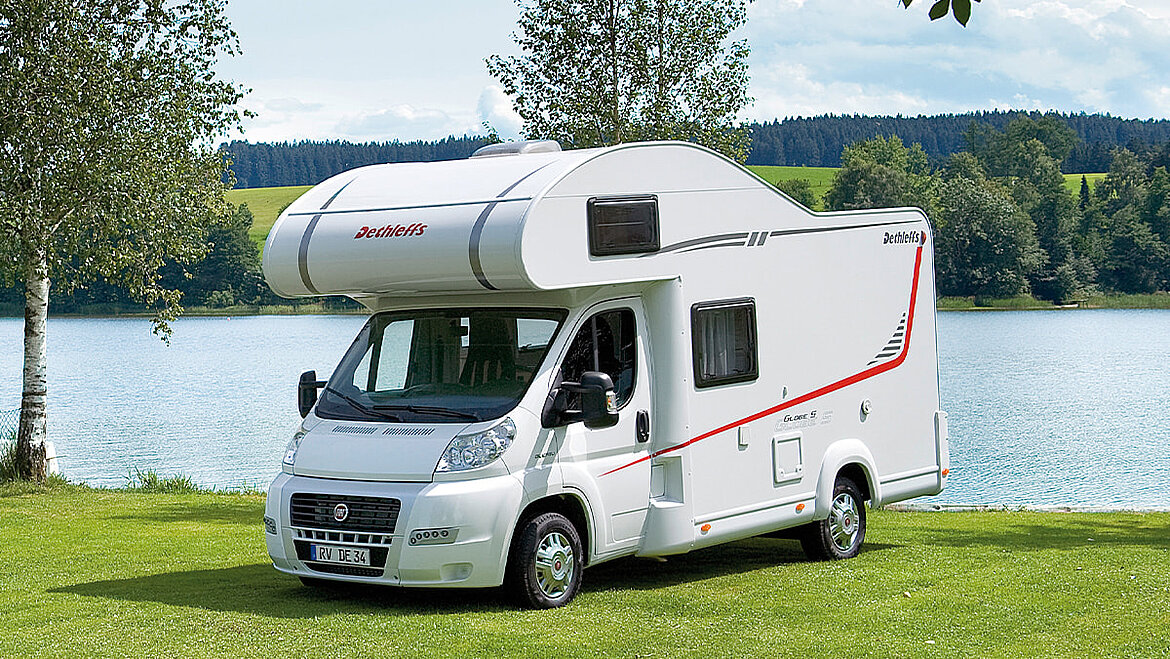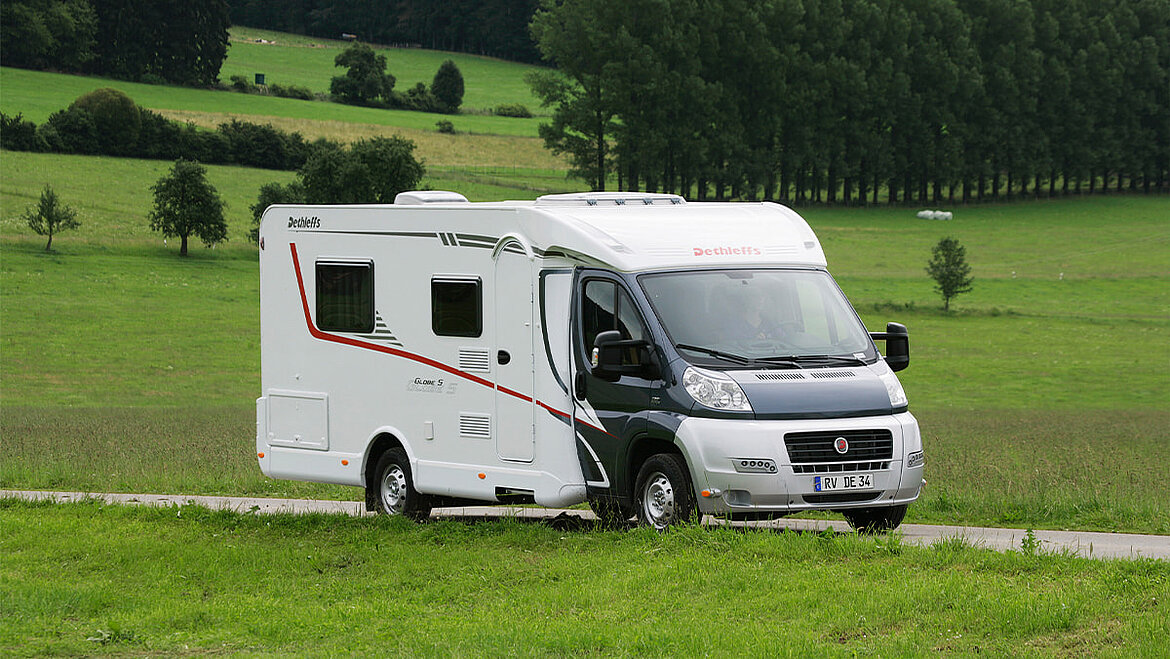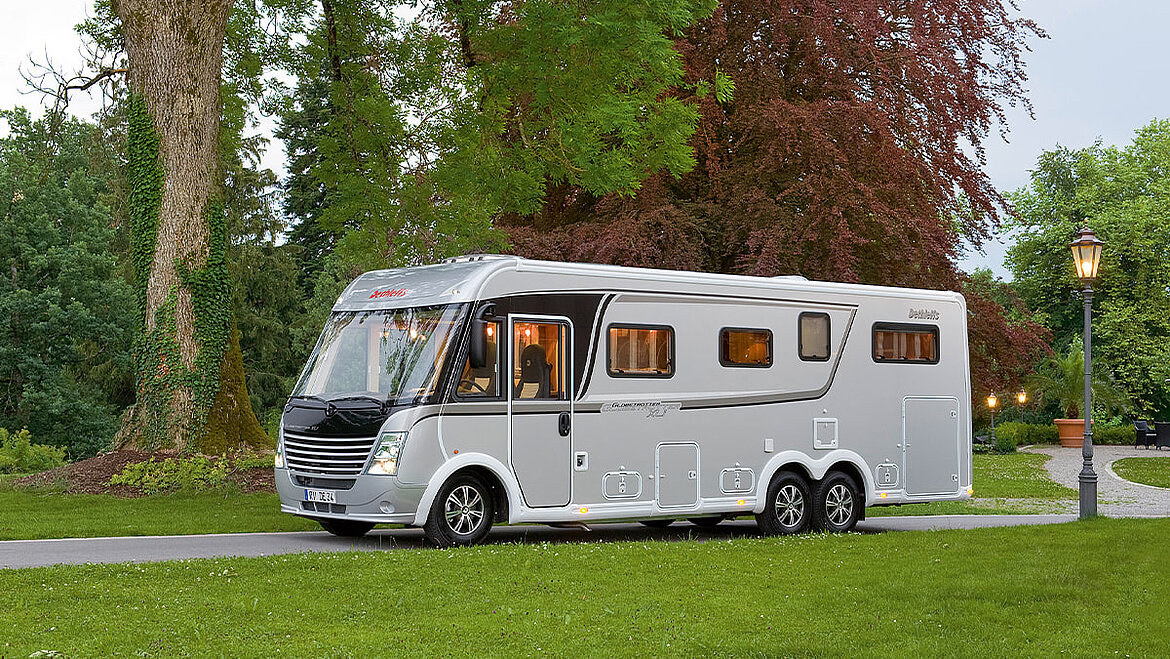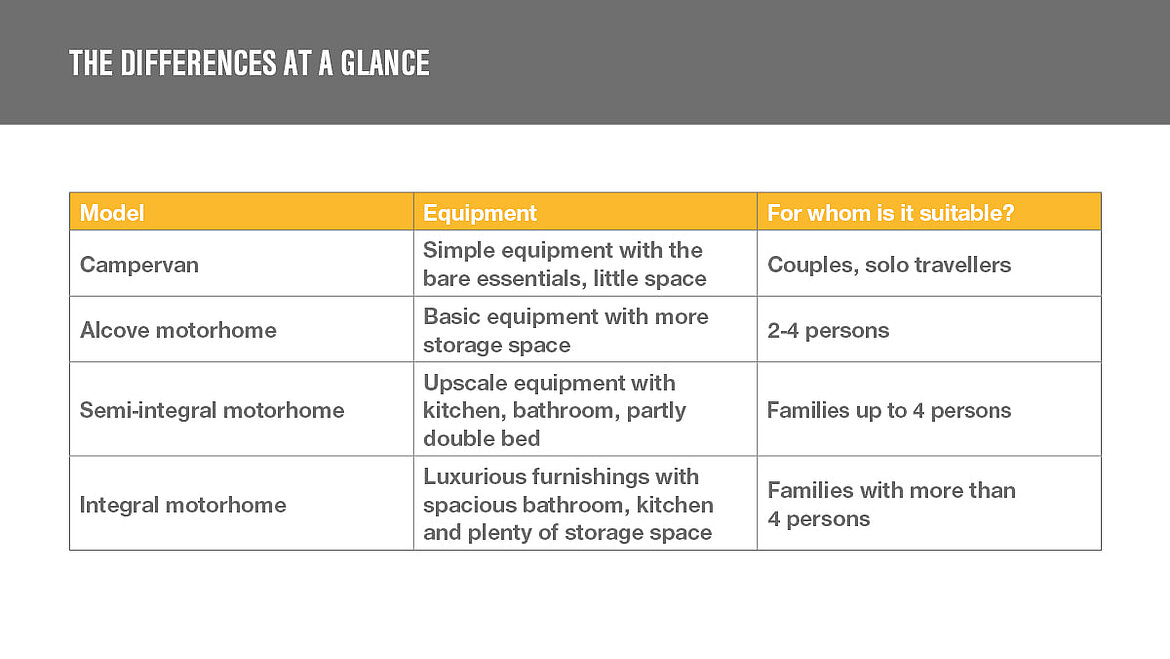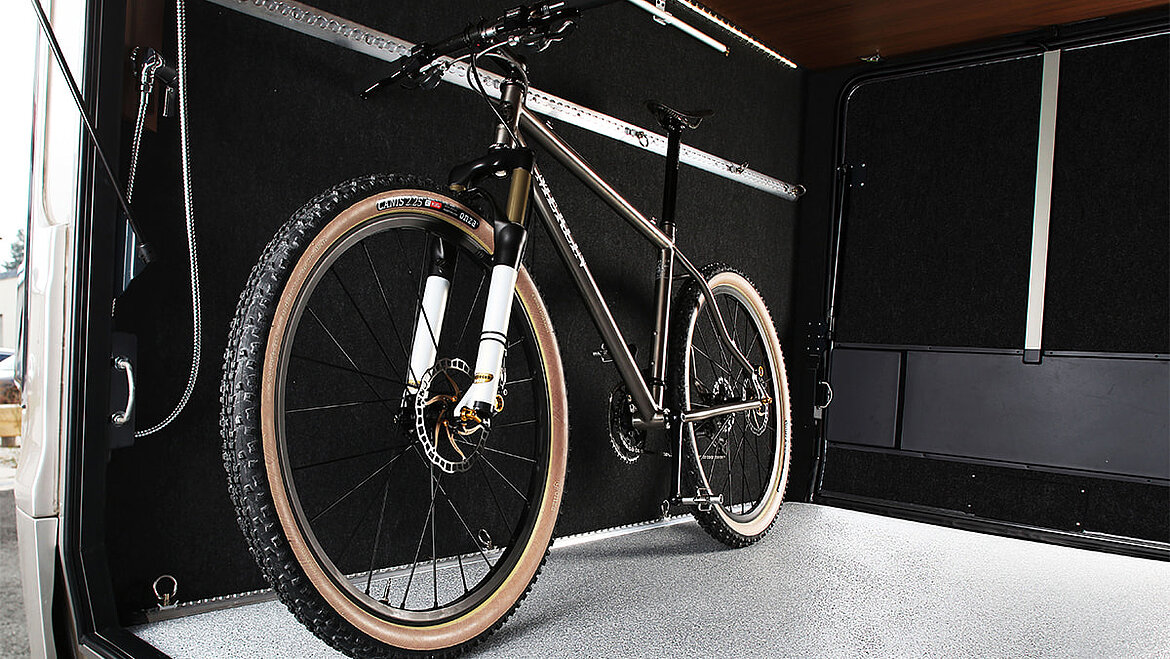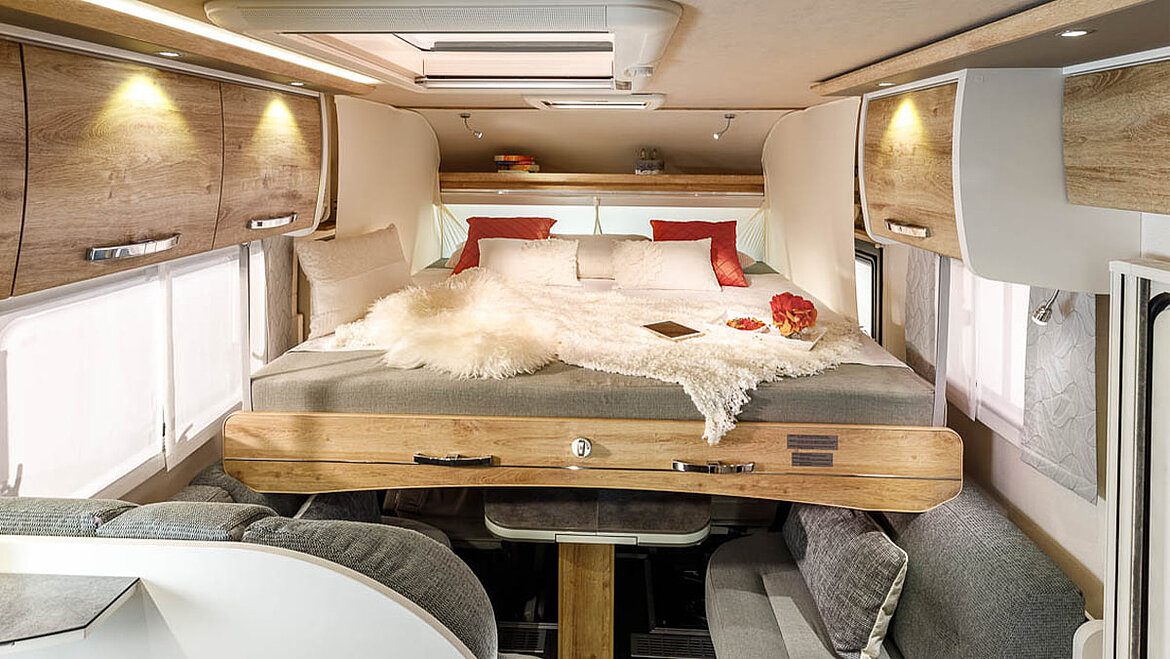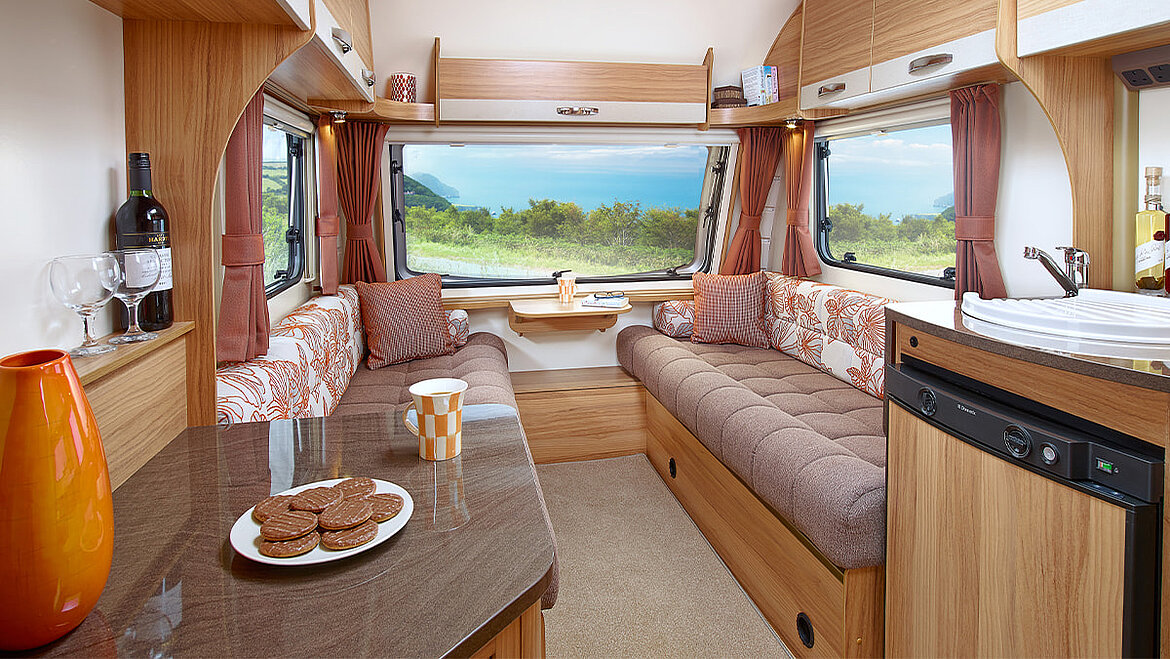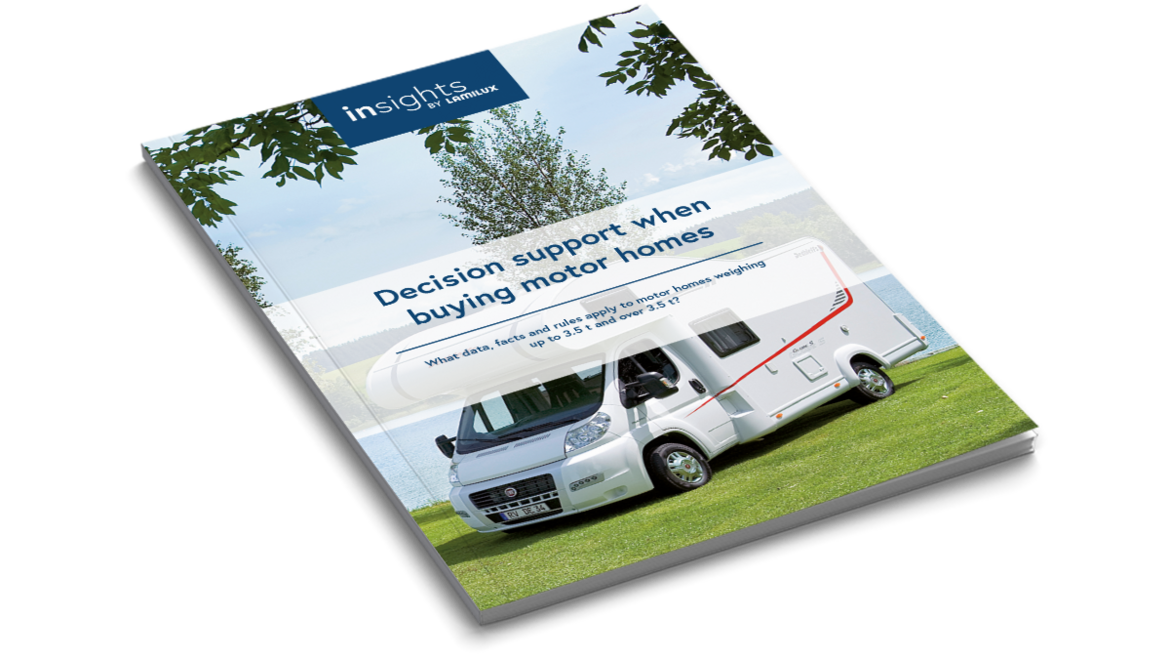And what if the motorhome might weigh, or is supposed to weigh over 3.5 t? On the one hand, you should know that the EU class B driving licence is no longer sufficient and that different rules are being added in different countries. We have prepared information about this for you: Download the leaflet for free!
The dream of an independent holiday in a motorhome. Just imagine: You pack your things, your loved ones, get in and off you go. Simply travel across Europe, along the coast. Next stop: The Algarve. Or should it be Croatia? How about Hungary? Or just go and see where you will head off to for the next three weeks? A wonderful idea. All that’s missing is the right motorhome. But what should be considered when buying a motorhome? Especially for new campers, this is a big and important question. We have put together a checklist with the most important facts and tips for buying a motorhome so that everything runs smoothly when you buy it, and you can find the right motorhome for you!
Start by asking yourself a few important questions: Do I mainly want to take short weekend trips with my motorhome, or do I want to go on longer holidays? So, what interior do I need for this? Do I need a kitchen and bathroom? Or do I just need a sleeping area and some storage space? If we’re already talking about the sleeping area: Precisely how many people should it accommodate? Do I want to go on holiday in a motorhome with two or four people? Should there be more places to sleep? Do I also want to be able to camp independently, or is it OK for me to be tied to official parking spaces or campsites where I have both power supply and sanitary facilities? And: Which class of driving licence do I need to drive the camper of my dreams?
New or used?
Should the motorhome be new or used? For beginners in particular, it is often not easy to answer this question, as they do not yet know what to look out for in a used motorhome. However, if it is a used motorhome you are after, here are the 6 things you should definitely pay attention to:
- Does the motorhome have any damage, either in the interior or on the exterior?
- Do the bodies have a good seal?
- Are the bodies rust-free?
- Does the equipment match your requirements?
- How old is the engine?
- A test drive is essential!
See the bullet points as your checklist to take with you when you view a motorhome. And why are they so important? In particular, aluminium is usually used in older vehicles. Apart from the fact that this material no longer meets the current standard, it is far too heavy: This means that the motorhome is heavier than necessary, resulting in higher fuel consumption and possibly, this may mean that the driver may need a higher class of licence. On the other hand, aluminium is much more susceptible to damage than, for example, GRP (glass-fibre reinforced plastic). Aluminium can rust and it is susceptible to scratches and dents. Not only does hail damage look unattractive, it can also quickly become expensive when it comes to repairs. But more about this later. And why should you pay attention to how old the engine is? Quite simply: The age of the engine could lead to problems in the case of low emission zones and driving bans. And that would be completely opposite to the dream of an independent motorhome holiday.
What kinds of motorhomes do exist?
The box wagon
Based on the original bodywork of a van with a sliding door, the camping buses are the most manoeuvrable motorhomes. They have smaller dimensions and are therefore often more suitable for everyday use than other types of motorhome. The space is sufficient for solo campers or two people. If more ride-alongs join the team, it quickly becomes too much of a squeeze.
The alcove motorhome
The classic motorhome is also popular. The motorhome can be easily seen by the protruding nose above the cab. This niche is the so-called alcove in which there is a firm bed. This does not have to be converted first – unlike the motorhome bed, which has to be converted from a seat group. The alcove motorhome is a typical family model because it offers plenty of space for people as well as luggage. However, this puts a strain on the wallet – because the shape of the motorhome leads to more drag during the journey, which in turn, leads to increased fuel consumption.
The partially integrated motorhome
The partially integrated motorhome is a good alternative to the alcove motorhome. The bodies are more streamlined and often cheaper. This type of motorhome has its name from the design in which the cab is partially integrated into the living area. The driver’s seats are usually rotatable and also belong to the seat group. For this reason, the sleep options are more limited than with an alcove motorhome. These are usually located at the rear or as a lifting bed above the living area. As soon as this is lowered to sleep, it usually blocks the seat group underneath.
The fully integrated motorhome
Probably the most extravagant motorhome. It has an independent front panel instead of the original cab and a huge windscreen, which also ensures airiness on the inside. Although integrated motorhomes are often no longer than partially integrated motorhomes, they have significantly more living comfort. The independently designed cab seamlessly transitions into the living area. This therefore has a much more spacious effect. But be careful: The comfortable equipment and the four sleeping areas, which are usually fitted as standard, cost weight. This royal class of motorhomes is usually heavier than 3.5 tonnes. This means that all campers who have obtained their driving licence after 1999 require an additional driving licence, the C1 driving licence.
Have you not yet decided what kind of camper to go for? Trade fair visits can help with the decision-making. This is because you have different dealers, motorhome types and different materials on site and can therefore easily compare them. But don't forget: Dealers naturally want to sell one of their vehicles and therefore they present it in the best possible light. It is therefore advisable to find out a few things in advance. Here are some tips for buying motorhomes:
- Make sure that the load is as large as possible so that you don't have to do without important things during your camping holiday
- Motorhomes up to 6 metres long and 3.5 tonnes save on tolls and ferry charges
- Sufficient motorisation in the case of new vehicles creates safety classes
- The vehicle should have the latest emission class to avoid problems such as low emission zones and driving bans
- Mobile homes with GRP side walls, for example, are often lighter and much more resistant
GRP side walls? What exactly does the last point mean? It is important to pay attention to which material is installed in the motorhome! Motorhomes, in which a large part of the installed material consists of glass fibre reinforced plastics, are a much better investment in the long term than motorhomes without GRP. The advantages of GRP bodies are:
- Value retention of the investment
- Higher resale value
- Total cost of ownership
- Hail resistance
- Easy to repair
Value retention? What exactly should this mean? Simply put: You are investing in a motorhome and you certainly don't want the investment to lose value due to weather, hail or scratches. With GRP, you are on the safe side. In addition, you can benefit from discounts on your insurance. And should a scratch deface the GRP side wall, the repair is usually particularly easy and inexpensive: GRP surfaces can often be brought back to life with repair kits – quite the opposite to aluminium: If there is damage or a dent in the side wall, it has to be completely replaced. This not only costs time and nerves, but also a lot of money. We could go on for a long time: In contrast to aluminium, GRP is also easier to clean and corrosion-free. To this end, we have made entire contributions to material science. For example, we compare the advantages and disadvantages of aluminium and GRP. But wood is also part of our series of comparisons.
Let’s move on to comfort because this shouldn't be a minor factor when you’re on holiday in a motorhome:
- Body battery with sufficient capacity to stand independently
- LED lighting to save power
- The alcove height and in general, the height over beds must be at least 60 cm
- Edges should be rounded or padded
- Large roof windows provide plenty of light and ensure a comfortable indoor climate
- All storage compartments and storage compartments must have ventilation openings
- The wardrobe should be back-ventilated
- Storage compartment flaps that can be opened from the outside make loading easier
- Rear garages should be accessible via two storage compartment doors (left and right)
Safety must also be a top priority! The basis for a new motorhome purchase should be:
- ABS
- ESP (electronic stability program)
- ASR (Anti-Spin Control)
- Hill-holder (for easier moving off on hills)
- Airbags for driver and front passenger
- Cruise control for relaxed travel
- Air suspension or height control for the rear axle for greater driving stability and fewer rolling movements
- Folding supports, rear
- Heated exterior mirrors (especially for winter campers)
- Reversing camera or sensors
- Isofix child seat mountings
A lot of input. So, let’s recap the most important points: What type of motorhome suits you and your needs? No compromises are made when it comes to safety. When it comes to comfort, you shouldn't compromise too much either, because you want to be able to enjoy your holiday. With a motorhome that has LAMILUX GRP installed, I save unnecessary frustration and money over a long period of time – even when it comes to insurance!


